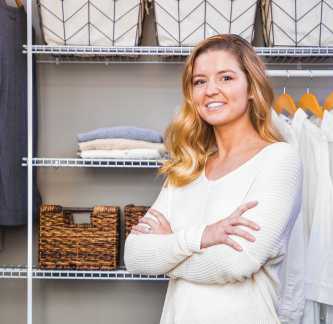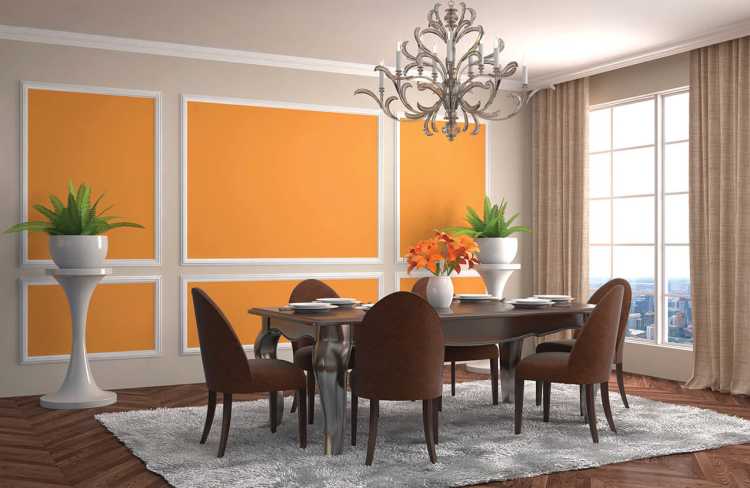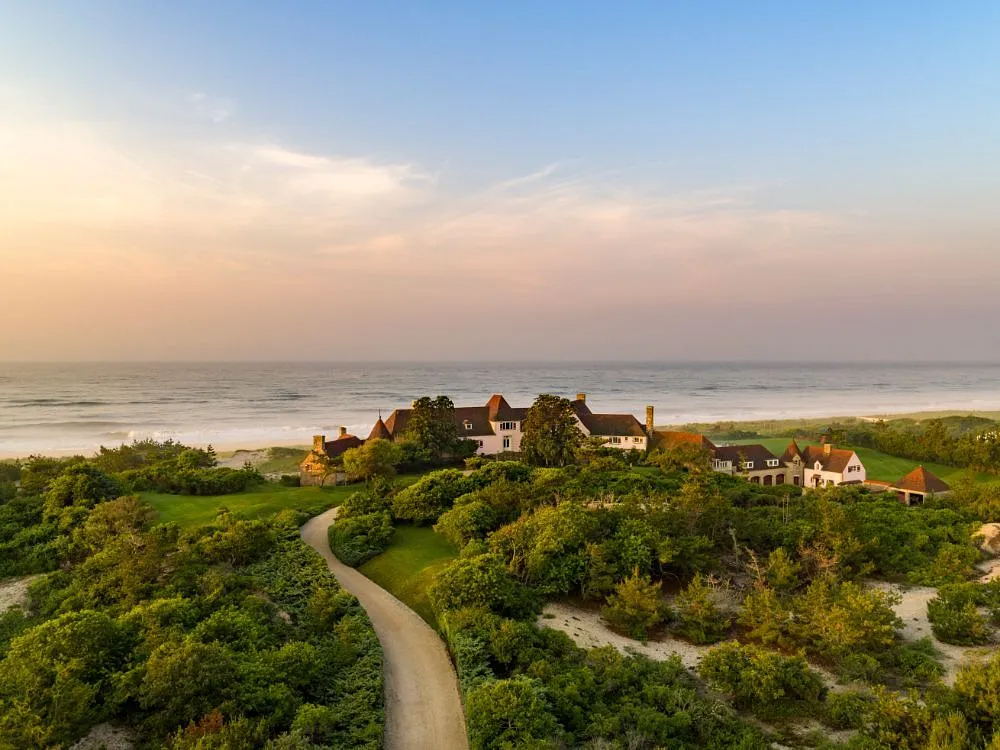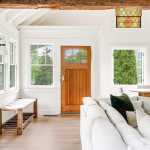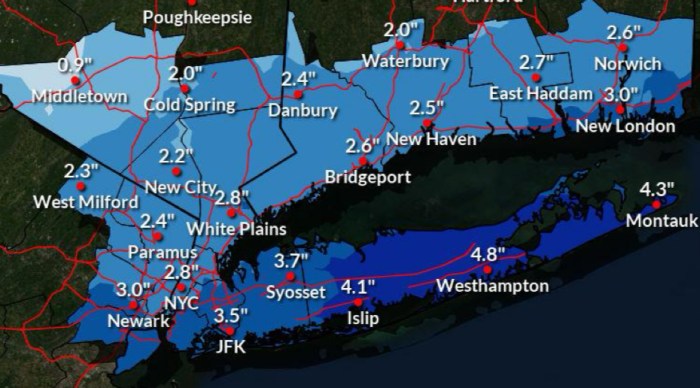Homeowners have many options at their disposal if they want to improve their homes. A focus on the exterior can be a promising and rewarding way to direct renovation dollars. Curb appeal has a significant impact on how a home is viewed.
Manicured landscapes, updated windows and doors and well-lit landscapes can improve the value of a home and ensure it sells quickly and above market rate. When homeowners assess items they may want to change, shutters can be an area of consideration. Shutters can help windows look a little less plain. In most modern residential properties, shutters are purely decorative. However, their roots lie in home protection.
Originally, shutters were used in lieu of windows so they were the only way to safeguard a home’s interior from the elements. Some shutters still offer that protection, but those typically are installed on homes in hurricane-prone areas. Shutters lend a distinctive look to a home, and they come in various styles.
LOUVERED
A louvered shutter features several wood slats that overlap each other on the same frame. A typical louvered shutter features two sets of slats separated by a center rail. Some functional louvered shutters are operational, meaning the slats can be tilted to allow air to flow through. But this is something typically reserved for indoor shutters. Decorative ones have fixed slats.
PANEL
Panel shutters come in different styles. Raised panel shutters present a boxed design where rectangular features will stand out from the rest of the frame. Flat panel shutters have the boxed design, but those rectangles are not raised. Recessed panels are the opposite of raised panels; they are set back from the rest of the frame.
BOARD AND BATTEN
Board and batten shutters are formed from grouped single boards joined together with shorter crosspieces of wood called battens. These shutters have a more informal, rural feel.
BAHAMA/BERMUDA
These tropical-inspired shutters are of the louvered variety, but they’re installed from the top of the window rather than on the sides.
COMBINATION
Some shutters offer the best of both worlds, with louvered on top and a solid panel on the bottom, or vice versa. This gives homeowners infinite options. Shutters are available in various materials, most commonly wood, vinyl and composite. Cedar, mahogany. and pine are commonly used woods for shutters. Vinyl is more economical and lightweight but can be challenging to clean and offers less longevity than other materials. Composite is durable and usually costs less than wood.
Color is another consideration. Shutters can stand out or blend in with the siding and other architectural accents.
For more home improvement articles, click here.
Email tvecsey@danspapers.com with further comments, questions or tips. Follow Behind The Hedges on Twitter, Instagram and Facebook.




